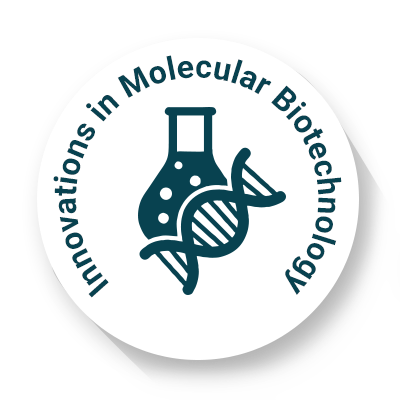
Innovations in Molecular Biotechnology
OPEN ACCESS

OPEN ACCESS
Nanobiotechnology brings together the study of very tiny materials and the science of living things. This is a branch of nanotechnology that relies on natural biological materials. It uses very small-scale fabrication techniques to create tools for exploring how biological systems work. It plays an important role in advancing bioengineering and medicine. Nanobiotechnology helps us understand the structure and function of biological systems like cells and tissues, and it also supports the development of new materials at the nanoscale for use in diagnosis, treatment, and tissue repair.
There are various uses of nanobiotechnology, including nanopore technology, which can be classified into biological pores and solid-state pores. Other important areas include nanomedicine, molecular nanotechnology, applications in different diagnostic techniques, and tissue engineering.
Biological nanopore sequencing relies on membrane proteins called porins. These proteins form channels in the membrane, allowing molecules to pass through. To create porous surfaces, scientists design membranes with pores of varying sizes, including tiny holes at the nanometer scale. These tiny pores play an important role in finding and studying individual molecules, like DNA, when sequencing. Nanomedicine helps find, cure, and stop various biological problems by working at the smallest level, using newly developed nanodevices and structures.s. In medical diagnosis, nanotechnology helps produce sharper and more detailed images of the human body or any living organism. With nanotracking, it may become possible to find tumors that are only a few cells in size, allowing much earlier detection. For treatment, nanobiotechnology offers a way to send medicine directly to the area needing care, which helps lower side effects by avoiding unnecessary exposure to healthy parts of the body. Nanoprobes can be designed to produce radiation strong enough to destroy bacteria, viruses, and cancer cells. They could also copy natural body processes, such as repairing damaged tissues, speeding up bone healing, and treating skin problems.